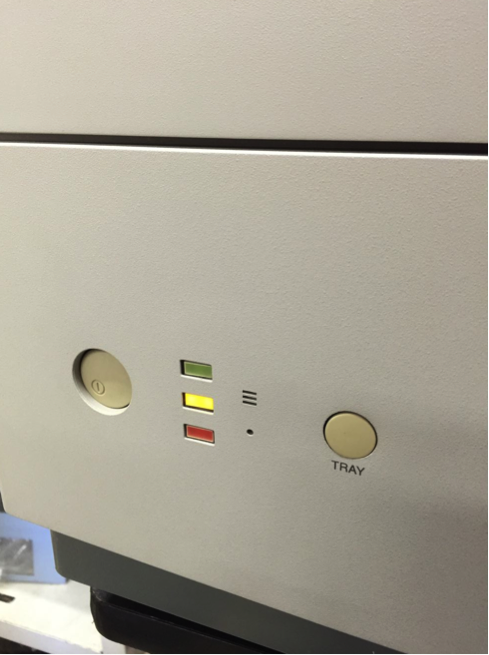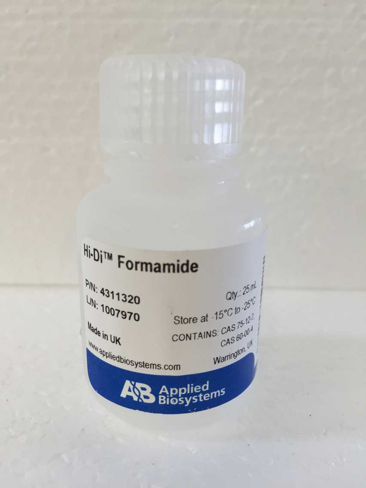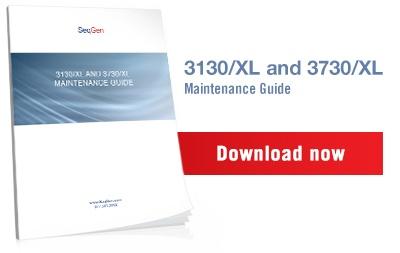It’s that time of year again. The grey clouds are parting and the sun is poking its head out at long last. Spring break is here, and for a lot of people, that means turning your sequencer off for a while.
But what happens when you return to your lab with a nice tan, ready to work, and your sequencer wants a little more time off? Instead of starting up normally, your machine won’t connect to the computer, and all you see is that flashing yellow light.
We usually see this error in couple different instances.








